Areas of competence
Data science and AI
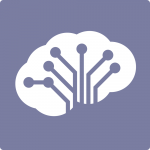 The widespread deployment of communicating and precise measurement systems, coupled with efficient data storage solutions, makes the approach of external observation of complex systems realistic. Statistical learning techniques are particularly efficient. The functionalities they offer are robust, parsimonious and scalable. These techniques allow for an efficient modelling of how the systems work, whether it is for classification, detection, prediction or causality research purposes. Finally, they can be applied to many kinds of data (signals, images, videos, texts, speech, relational data, graphs, log data, dynamic data, sequences, etc.).
The widespread deployment of communicating and precise measurement systems, coupled with efficient data storage solutions, makes the approach of external observation of complex systems realistic. Statistical learning techniques are particularly efficient. The functionalities they offer are robust, parsimonious and scalable. These techniques allow for an efficient modelling of how the systems work, whether it is for classification, detection, prediction or causality research purposes. Finally, they can be applied to many kinds of data (signals, images, videos, texts, speech, relational data, graphs, log data, dynamic data, sequences, etc.).
Find out more
Interaction and uses
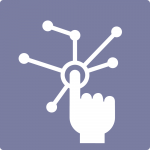 With the increasingly advanced digitalization of companies, human interaction with digital systems is becoming a pivotal aspect of industrial activities and services. These interactions can be deployed in several ways (haptic, gestural, written, vocal, visual, etc.), and must both simplify human activity and increase its cognitive power.
With the increasingly advanced digitalization of companies, human interaction with digital systems is becoming a pivotal aspect of industrial activities and services. These interactions can be deployed in several ways (haptic, gestural, written, vocal, visual, etc.), and must both simplify human activity and increase its cognitive power.
Find out more
Scientific computing
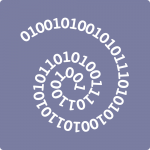 The understanding of the functioning of systems through their physical modelling (mechanical, thermal, fluidic behaviour, etc.) requires a fine mathematical and analytical description for conducting realistic simulations over wide validity domains.
The understanding of the functioning of systems through their physical modelling (mechanical, thermal, fluidic behaviour, etc.) requires a fine mathematical and analytical description for conducting realistic simulations over wide validity domains.
Model reduction and distributed computing methods help to achieve compromises between the level of representativeness of the models (margins, robustness) and the computing time. These approaches are very useful for the «extended enterprise», where co-simulation involves several partners.
Find out more
Optimisation
 The understanding of the world through the lenses of modelling and simulation is a classic paradigm, renewed by the level of complexity of the systems that make it up today.
The understanding of the world through the lenses of modelling and simulation is a classic paradigm, renewed by the level of complexity of the systems that make it up today.
In order to move from the descriptive to the prescriptive, the exploration of modelling spaces and the identification of sub-spaces of interest are carried out using optimisation methods adapted to specific use cases.
These methods must be capable of handling large amounts of data, the uncertainties attached to them and the associated time constraints.
Find out more
Systems engineering
 Systems engineering is an approach that relies on methods, tools and standards to formalise and control the design chain. It starts from the very definition of needs, and realizes the implementation of the system, including its validation.
Systems engineering is an approach that relies on methods, tools and standards to formalise and control the design chain. It starts from the very definition of needs, and realizes the implementation of the system, including its validation.
It consists of building and operating a system according to the needs and requirements expressed by the various stakeholders (designers, users, authorities, maintainers, etc.) throughout its life cycle. In this context, the complexity of the system is not only related to the different technological dimensions of the system. It must also consider the organisational aspects of the stakeholders.
Find out more
Safety
 The massive combination of heterogeneous components (hardware, software, human) induces strong constraints, and then increases the system’s complexity. It occurs on the various dimensions of dependability: reliability, diagnosis, availability, maintainability, safety and security.
The massive combination of heterogeneous components (hardware, software, human) induces strong constraints, and then increases the system’s complexity. It occurs on the various dimensions of dependability: reliability, diagnosis, availability, maintainability, safety and security.
Whilst these constraints are correctly understood and used for some industrial sectors, current dependability approaches nevertheless have shortcomings.
On the one hand, the coupling of safety and security approaches is weak. On the other hand, and in particular for hardware systems, they struggle to consider their dynamics, their structures or their heterogeneities.
Find out more
Digital security and blockchain
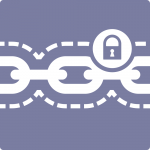 In order to meet performance and agility challenges faced by our modern society, cyber-physical systems must constantly evolve.
In order to meet performance and agility challenges faced by our modern society, cyber-physical systems must constantly evolve.
This evolution can be seen in the rapid and profound digitalisation of systems, driven by new hardware and software components that are massively connected and often distributed. These components, being more exposed, have become the preferred target of malicious actors whose knowledge, techniques, means and motivations are constantly growing. In this context, threat control and prevention are necessary but not always sufficient.
A paradigm shift is needed, to promote the deployment of robust, resilient and trusted systems from the design stage (i.e., by design).
Find out more
IoT and networks
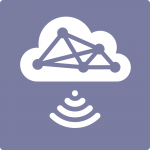 Over the past decade, the needs and requirements of end-users for digital services have continued to grow.
Over the past decade, the needs and requirements of end-users for digital services have continued to grow.
This has led telecom operators and equipment manufacturers to radically rethink network architectures and associated services.
These so-called next-generation networks are adaptive, intelligent and autonomous, and enable object connectivity and massive data collection with less centralised approaches than before.
Find out more
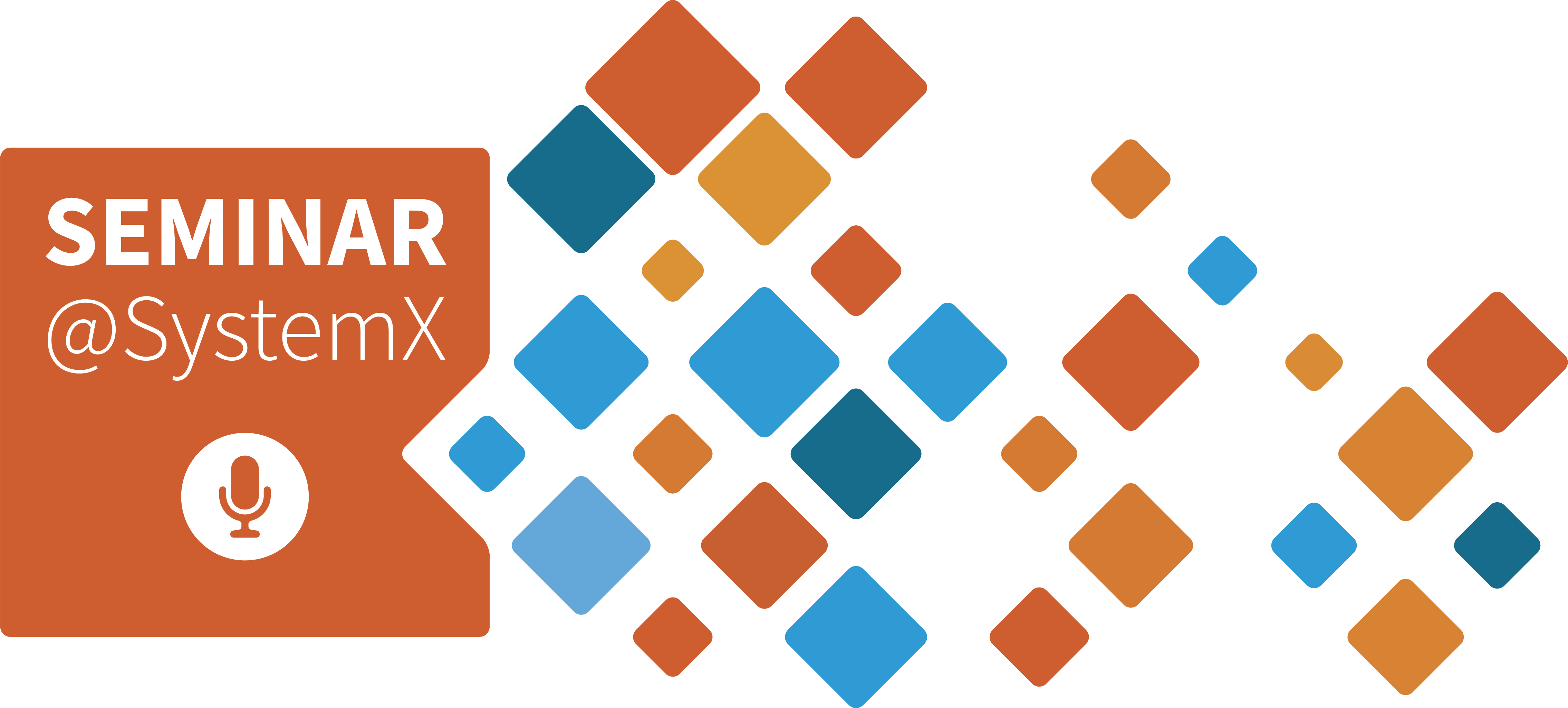
Seminar@SystemX with Ang Liu
Biographie Résumé Inscription Ang Liu (School of Mechanical and Manufacturing Engineering, University of New South Wales - Sydney, ... Read more

Seminar@SystemX with Marc Zolghadri
Abstract Biography Registration Marc Zolghadri (Professeur, l’ISAE-SUPMÉCA) will run a Seminar@SystemX on the topic "Gérer ... Read more

